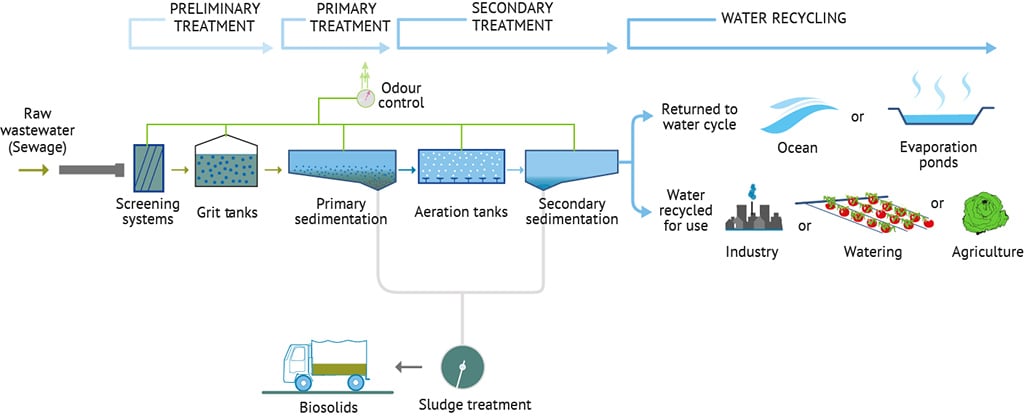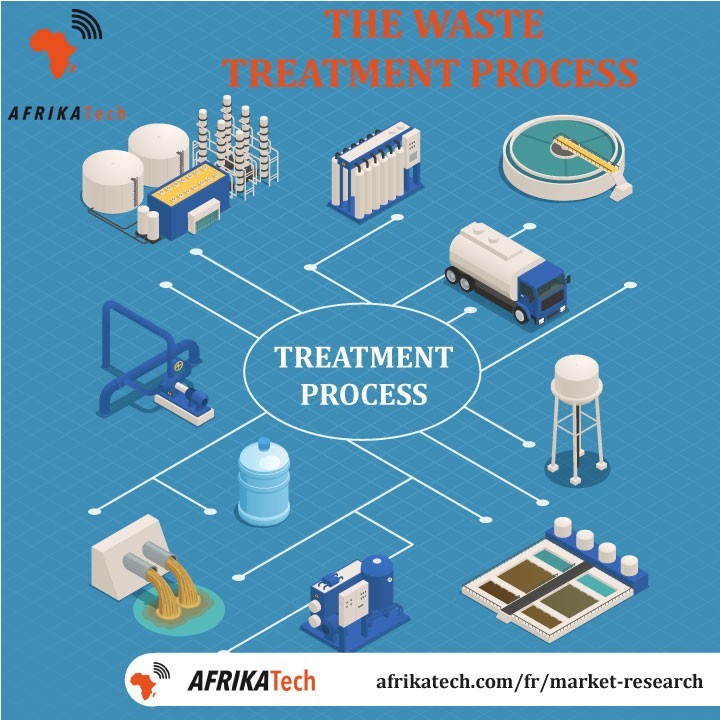

This is mainly done in landfills to considerably reduce the volume of waste. Here the solid waste is burned and they are converted into gas and residue form. Incineration is another term used instead of combustion. The major attraction of this process is that it does not produce any green house gases during the process. Due to the extremely high temperature, even the hazardous waste gets converted easily. This gas is further sent to turbines that are rotated to produce electricity. This gas mainly consists of hydrogen and carbon monoxide. Due to this extreme temperature the raw materials gets converted into synthetic gas or syngas. This comes in contact with the all the organic waste and heated at a temperature of 3000 degree Fahrenheit. The plant has a gasifier which has hot gases from the plasma torch. Plasma gasification is a process by which organic matter is fruitfully converted into electricity and gas.


Combustion of landfills worsens the matter that further increases the pollution rate. The major negative effects of landfills are it causes land and air pollution, contaminates ground water and causes serious health problems like respiratory disorders, lung cancer and so on. These landfills have drastic effect on the economy. Some of the major reasons for landfills are agricultural waste, industrial waste, solid waste, construction waste, over population and urbanization. Management of these landfills is an important aspect of waste management. When such lands gets filled with waste, it is usually buried there itself.

Here the waste is thrown on a daily basis to the nearby landfills. This is the most commonly practiced form of waste disposal. Read about Paper Recycling & Plastic Recycling. This can also prevent depletion of resources. New thins can be made with minimal use of available resources. The rest should be completely recycled so as to reduce pollution to an extent. Biodegradable and organic green waste should be used to make organic manure of taken to the landfills. After processing, the final product is ready to be recycled. In case of hazardous waste, it has to be separately dealt with and handled with atmost care. After the waste is being sorted and cleaned, it is broken down into bits for faster and speedy recycling. This is a major step in waste management. Transportation plays a major role in effective waste management. They carry waste from the collection centers, Landfills, dumping grounds and sorting points and are taken to the final destination. This is the next step in the process is transportation which is done by vehicles. After it is being sorted it is being collected and sorted, it is being taken to the respective recycling industries or units. Now it is properly sorted as recycling plastics, glass, cardboard, paper, metal, aluminium, and so on. Here the waste are collected from landfills and recycling centers. The next step in effective waste management is collection. Even if it is commercial or household waste it has to be properly monitored and accessed so that it can be wisely disposed to recycling centers. Monitoring of waste includes a few processes like identification of waste and assessment of waste. This is the first step in the waste management.


 0 kommentar(er)
0 kommentar(er)
